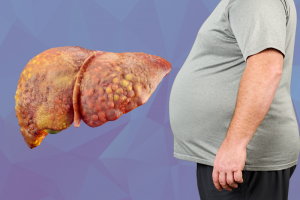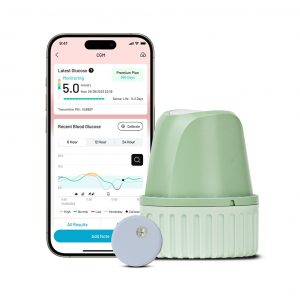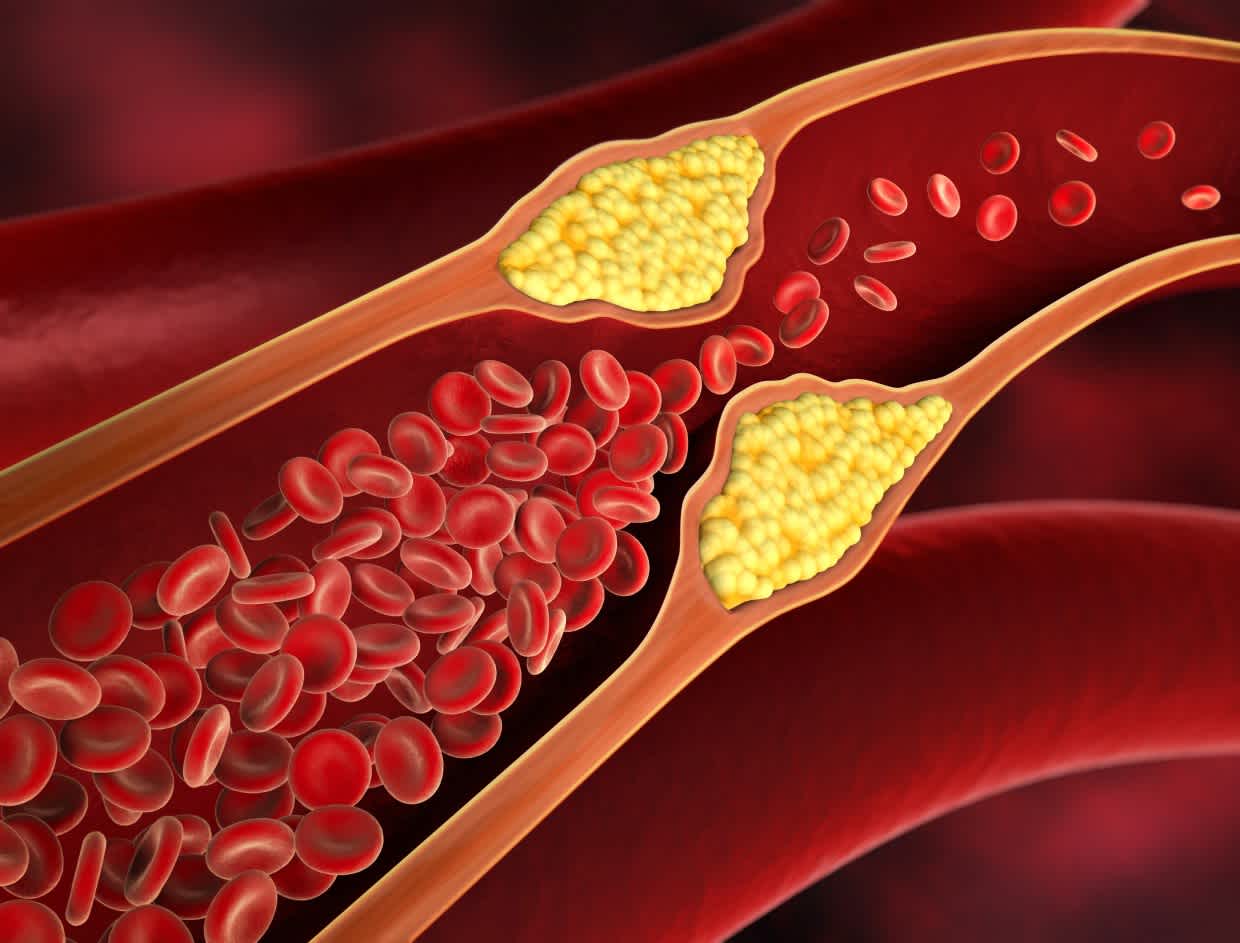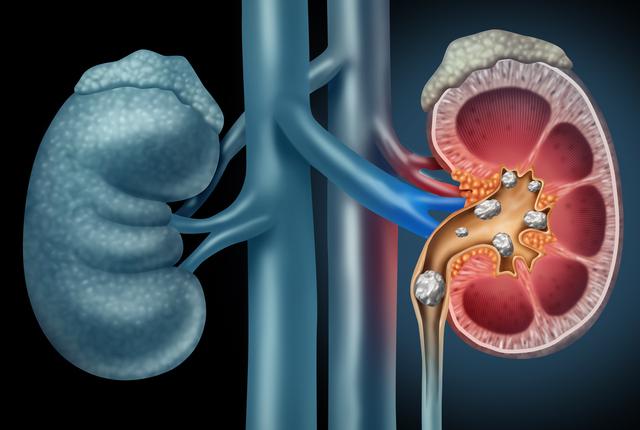The Hidden Connection between Diabetes and Fatty Liver Disease
Published on:July 18 2025
Diabetes and fatty liver disease are two of the most common chronic health conditions in Singapore, and their prevalence is rising rapidly. While they may seem like separate issues, research has shown a strong and complex link between the two. Understanding this connection is crucial for early intervention, better management, and the prevention of serious complications.
 What is Fatty Liver Disease?
What is Fatty Liver Disease?
Fatty liver disease, also known as hepatic steatosis, occurs when excess fat accumulates in the liver. The most common form is non-alcoholic fatty liver disease (NAFLD), which is not caused by excessive alcohol consumption. NAFLD can range from simple fat accumulation (steatosis) to more severe inflammation and liver damage, known as non-alcoholic steatohepatitis (NASH). If left unchecked, NASH can progress to liver fibrosis, cirrhosis, and even liver cancer.
The Diabetes–Fatty Liver Link
The relationship between diabetes—particularly type 2 diabetes (T2D)—and fatty liver disease is bidirectional and mutually reinforcing:
-
Insulin Resistance:
Insulin resistance is a hallmark of both T2D and NAFLD. When the body’s cells become less responsive to insulin, blood sugar levels rise, and the liver starts to store more fat. This process not only increases the risk of developing diabetes but also accelerates the progression of fatty liver disease. -
Shared Risk Factors:
Obesity, sedentary lifestyle, unhealthy diets, and genetic predisposition are common risk factors for both conditions. In Singapore, the rising rates of obesity and diabetes are mirrored by an increase in NAFLD cases, even among younger adults. The local diet, which can be high in refined carbohydrates, sugar, and saturated fats, further contributes to this trend. -
Worsening Outcomes:
People with diabetes are more likely to develop severe forms of fatty liver disease, including NASH and cirrhosis. Conversely, those with NAFLD are at higher risk of developing T2D. The presence of both conditions significantly increases the risk of cardiovascular disease, kidney problems, and liver-related complications.
Why This Matters in Singapore
Singapore has one of the highest diabetes rates in the world. As of 2024, more than 400,000 people in Singapore are living with diabetes, and this number is projected to reach 1 million by 2050 if current trends continue. The prevalence of diabetes among adults aged 20–79 is about 11.6%—one of the highest in the developed world [IDF Diabetes Atlas].
Fatty liver disease is also a growing concern. Local studies estimate that up to 40% of people with type 2 diabetes in Singapore also have NAFLD. In the general population, NAFLD affects about 1 in 3 adults, and the numbers are rising, especially among younger Singaporeans due to increasing rates of obesity and sedentary lifestyles. Many people are unaware they have fatty liver disease, as it often presents no symptoms until advanced stages.
This “double burden” is particularly concerning because both conditions can progress silently, only becoming apparent when serious complications arise. For example, diabetes is a leading cause of kidney failure and blindness in Singapore, while advanced fatty liver disease can result in liver failure or cancer.
Signs, Symptoms, and Screening
Both diabetes and fatty liver disease can be silent in their early stages. Some warning signs to watch for include:
- Persistent fatigue
- Unexplained weight gain, especially around the abdomen
- Elevated liver enzymes on blood tests
- Abdominal discomfort or fullness
However, many people experience no symptoms at all. This is why regular screening is so important, especially for those with risk factors such as obesity, family history, or existing diabetes.
Screening for NAFLD is recommended for people with T2D, obesity, or metabolic syndrome. This can be done through blood tests (checking liver enzymes), ultrasound scans, or more advanced imaging if needed. Early detection allows for timely intervention, which can halt or even reverse liver damage.
Prevention and Management
The good news is that both diabetes and fatty liver disease are largely preventable and manageable with lifestyle changes and, when necessary, medication:
-
Healthy Diet:
 Focus on whole grains, lean proteins, healthy fats, and plenty of fruits and vegetables. Limit sugary drinks, processed foods, and foods high in saturated fat. In Singapore, this means being mindful of popular local dishes that may be high in sugar or oil, such as sweetened drinks, kaya toast, or fried foods.
Focus on whole grains, lean proteins, healthy fats, and plenty of fruits and vegetables. Limit sugary drinks, processed foods, and foods high in saturated fat. In Singapore, this means being mindful of popular local dishes that may be high in sugar or oil, such as sweetened drinks, kaya toast, or fried foods. -
Regular Exercise:
Aim for at least 150 minutes of moderate-intensity activity per week. Activities like brisk walking, cycling, or swimming are excellent choices and can be easily incorporated into daily routines. -
Weight Management:
Even modest weight loss (5–10% of body weight) can significantly improve liver health and blood sugar control. For many, this can be achieved through small, sustainable changes in diet and activity. -
Regular Monitoring:
People with diabetes should have their liver function checked regularly, and those with fatty liver should monitor their blood glucose levels. Early intervention is key to preventing progression. -
Medical Support:
In some cases, medication may be needed to manage blood sugar, cholesterol, or liver inflammation. Newer diabetes medications, such as GLP-1 receptor agonists and SGLT2 inhibitors, have shown promise in improving both blood sugar and liver health.
The Role of Innovative Monitoring
 Continuous glucose monitoring (CGM) and regular health screenings can help detect changes early, allowing for timely intervention. Devices like the BUZUD CGM empower individuals to track their glucose trends and make informed lifestyle choices, which can benefit both diabetes and liver health. CGM provides real-time feedback, helping users understand how their meals, activity, and habits affect their glucose levels—crucial for those at risk of both conditions.
Continuous glucose monitoring (CGM) and regular health screenings can help detect changes early, allowing for timely intervention. Devices like the BUZUD CGM empower individuals to track their glucose trends and make informed lifestyle choices, which can benefit both diabetes and liver health. CGM provides real-time feedback, helping users understand how their meals, activity, and habits affect their glucose levels—crucial for those at risk of both conditions.
Singapore’s “War on Diabetes” campaign has raised awareness, but more can be done at the individual level. If you have risk factors—such as being overweight, having a family history, or belonging to a higher-risk ethnic group (Malays and Indians in Singapore have consistently higher rates)—speak to your doctor about screening for both diabetes and fatty liver disease.
Employers, schools, and community groups can also play a role by promoting healthy eating, physical activity, and regular health checks. Early detection and intervention not only improve individual health but also reduce the burden on Singapore’s healthcare system.
The link between diabetes and fatty liver disease is strong and often overlooked. In Singapore, where both conditions are on the rise, understanding this connection and taking proactive steps—through healthy living, regular screening, and innovative monitoring—can help prevent serious complications and improve quality of life.
If you are at risk or already living with diabetes, speak to your healthcare provider about screening for fatty liver disease and how you can take charge of your health today. Early action can make all the difference.
https://buzud.com/en/2025/07/18/the-hidden-connection-between-diabetes-and-fatty-liver-disease/





